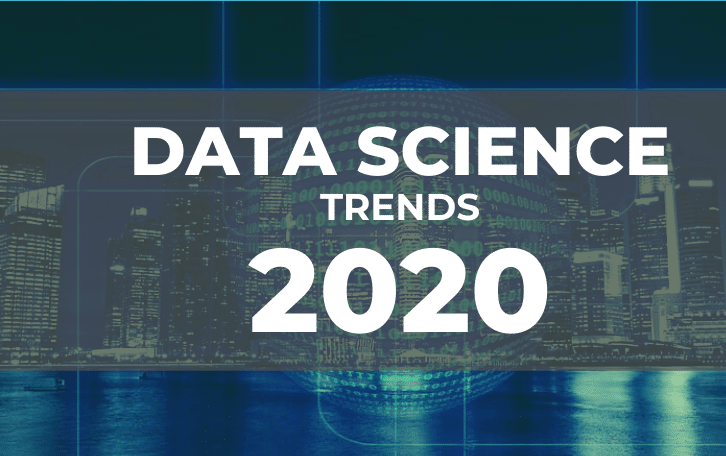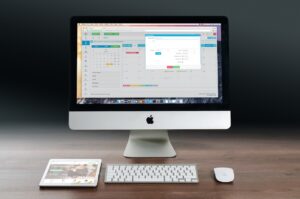Data science’s vision in 2020 will be worth the wait especially for those working in the industry.
Gartner predicts that nearly 54% of the businesses look forward to using data and analytics to improve business solutions.
As data science takes on the buzz in the job market, it is crucial to consider what tomorrow holds.
Here are trends in the data science industry you need to track closely in 2020: –
Trend 1: Natural language processing (NLP)
By the end of 2020, the NLP market is bound to rise to USD 13.4 billion which is at a compound yearly development pace of around 18.4%, says a report by a research firm named MarketsandMarkets.
It is fascinating to see how NLP made its way into data science after going through numerous research in deep learning. The only way how data science began their data analysis was by collecting these numbers spread on a spreadsheet. To process any kind of text, these data would first need to be converted into numbers.
Sounds challenging.
At times these texts contain so much rich data or information that gets replaced or missed out due to lack of being able to represent this information in the form of numbers.
Thanks to NLP and deep learning for integrating these technologies into data analysis.
- With the help of neural networks, information can be easily extracted from large bodies of the texts. This can be quickly done.
- These texts can be further classified, analysis can be performed on the same text, also sentiment determination of the text can be easily performed.
- The result, all this information can be stored in a single feature i.e.in the form of numbers.
You can now easily convert huge data of texts into numbers for data analysis. Datasets that are way too complex can now be explored.
Here’s a simple example,
Imagine a top XYZ news website that’s been running for years now, and you’re looking to get there someday. How do you compare what topics are trending and why it is working well for them and not for you? A normal comparison can be done by picking the most commonly used keyword or perhaps just a hunch as to why their website worked and why yours didn’t work.
Well, using NLP, you will not only be able to quantify the text on the channel, but you will also have the leverage of comparing the paragraphs of these texts to gain an edge in the job market.
No doubt, why NLP becomes one of the most powerful tools in the data science industry.
Trend 2: Data science storage in Cloud
Over the past decade, the growth of data has exceeded and has exploded that organizations are now storing data more than ever.
For instance, the volume of data that a company might require to analyze would have been beyond what a personal computer might be able to handle. The capacity of a personal computer would hold near about 64GB of RAM, 4TB of storage, and an 8 core CPU. The amount of storage could work just fine for personal projects but not for someone working in a bank or an organization that holds the strength of a million customers.
Well, this is where Cloud computing plays a significant role in the life of a data science professional. Cloud computing gives the ability for anyone to access the data from anywhere.
Trend 3: Data security
Data privacy and security have been a major concern for all organizations.
Mishaps and data leakage can happen under any circumstances, such data attack could cause your organization huge loss and can be damaging.
Most companies are choosing SOC 2 Compliance as an option showcasing they have proof of the strength of their security. Organizations need to convince that their information or data is in safe hands. The whole process of data science is based on data, data that is known. If this information gets into the wrong hands, it could be used for global catastrophes that can damage the lives of many.
Data is not about the numbers that it depicts rather the history of real people.
Trend 4: Data science automation
Though we’re living in the digital era, yet we find data science is still lagging due to manual work.
With the advent of automation, manual work just gets easy. From data storing, data cleaning, processing the data, visualizing the data, exploring the data, and finally data modeling is now possible because of automation. Data science professionals working in this field can easily relate.
Almost 90% of the time gets consumed in data cleaning. But today, there are multiple startups and even companies like IBM who’ve been making use of data cleaning tool.
By the end of 2020, organizations will stress their focus on taking a more holistic view of integrating automation strategy into their business solutions.




